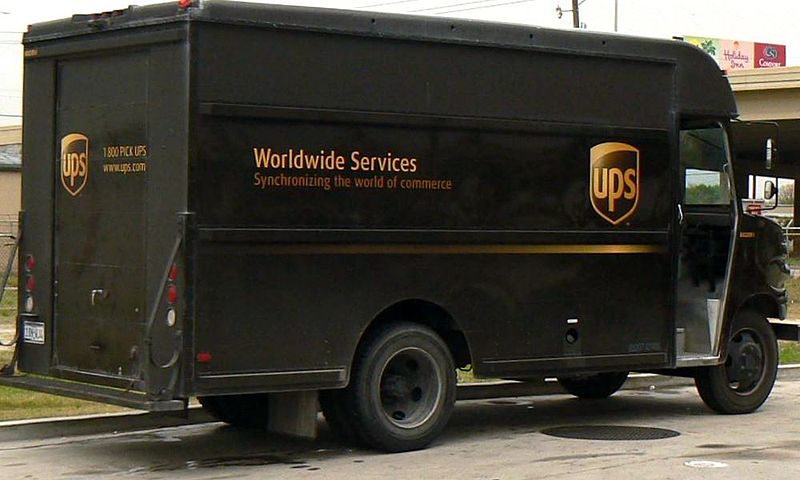This post has already been read 25435 times!
 It may be something you’ve already noticed, but did you know that UPS trucks almost never turn left?
It may be something you’ve already noticed, but did you know that UPS trucks almost never turn left?
A great post from priceonomics making the rounds of the internet today tells us why UPS routes in drivers in a seemingly inefficient fashion:
When better tracking systems emerged in 2001, the package delivery service took a closer look at how trucks performed when delivering packages. As a logistics company with some 96,000 trucks and several hundred aircraft, much of UPS’s business can be distilled to a series of optimization problems around reducing the amount of fuel used, saving time, and using space more efficiently. (Trucks in UPS facilities park just a few inches apart with their side mirrors overlapping to save space.)
UPS engineers found that left-hand turns were a major drag on efficiency. Turning against traffic resulted in long waits in left-hand turn lanes that wasted time and fuel, and it also led to a disproportionate number of accidents. By mapping out routes that involved “a series of right-hand loops,” UPS improved profits and safety while touting their catchy, environmentally friendly policy. As of 2012, the right turn rule combined with other improvements — for the wow factor, UPS doesn’t separate them out — saved around 10 million gallons of gas and reduced emissions by the equivalent of taking 5,300 cars of the road for a year.
The TV show Mythbusters even tested the idea, and found that the UPS approach was more fuel efficient.
You can think of this as part of a larger trend of supply chains becoming more automated, where human guess-work and intuition is being removed from the equation. Increasingly, human intelligence is being reserved for the difficult one-off problems that automated “bots” cannot solve. And those automated bots are only getting smarter. In this case, they are successfully making UPS’s transportation practices more sustainable. As supply chain professionals, what are you doing to prepare your companies for the automated supply chains of the future?
Related Resources:
In the past we’ve covered how UPS has gone about developing new algorithms to optimize the classic traveling sales problem.
Here’s another recent post about what UPS drivers can tel us about the automated future of work.
- The 4PL Revolution Roundup: Top 8 Opportunities for Today’s Logistics Providers - December 15, 2015
- Demand Sensing Round-Up (Blog Posts, White Papers, and Webinars!) - December 15, 2015
- Your Favorite Posts of 2015 - December 4, 2015
